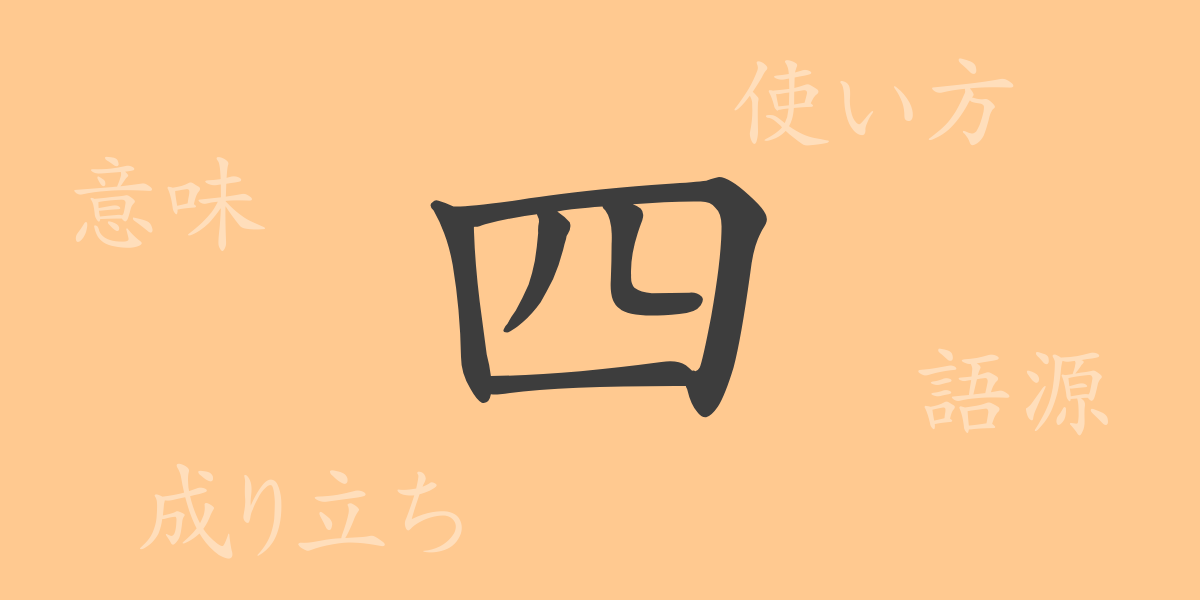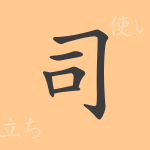The beauty of the Japanese language is reflected in its intricate characters. Joyo kanji (常用漢字じょうようかんじ), or commonly used kanji, symbolize the depth of Japanese culture and language. Today, we focus on one of the basic numerical characters, “四(し),” exploring its origins, meanings, usage, and idioms to reveal the full scope of this kanji.
Origins of 四(し)
The kanji “四(し)” is an ancient character from China, originating from the old form “亖(し),” which depicted four horizontal points representing the number four. Over time, the shape simplified to the current form “四(し).” This character has been used in Japan for centuries, carrying significant cultural meanings.
Meanings and Usage of 四(し)
“四(し)” is the basic kanji for the number 4. It goes beyond simply representing a number; it is used in various contexts such as indicating directions (“四方(しほう),” meaning four directions) or seasons (“四季(しき),” meaning four seasons). Notably, the pronunciation “し” is considered unlucky because it sounds like “死(し),” meaning death, leading to its avoidance in contexts like hospital room numbers.
Readings, Stroke Count, and Radical of 四(し)
The kanji “四(し)” has multiple readings in Japanese:
- Readings: The on’yomi (音読みおんよみ) reading is “シ(し),” and the kun’yomi (訓読みくんよみ) readings are “よん,” “よっつ,” and “よ.”
- Stroke count: “四(し)” has 5 strokes.
- Radical: The radical for “四(し)” is “囗(くにがまえ).”
Idioms, Phrases, and Proverbs Using 四(し) and Their Meanings
There are numerous idioms, phrases, and proverbs containing “四(し)” in Japanese, each with unique meanings:
- 四苦八苦(しくはっく): Enduring many hardships.
- 四面楚歌(しめんそか): Being surrounded by enemies with no allies.
These expressions are deeply rooted in Japanese life and thought, showcasing the rich expressive power of the language.
Conclusion on 四(し)
The kanji “四(し)” is a simple yet rich character, serving not only as a basic numeral but also playing a significant role in cultural contexts and expressions. Understanding “四(し)” in Japanese words and thoughts provides a deeper appreciation of the language’s depth.

























